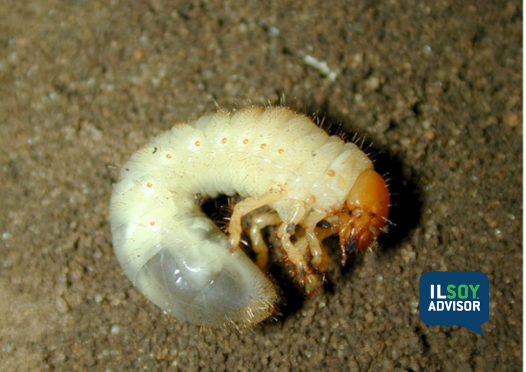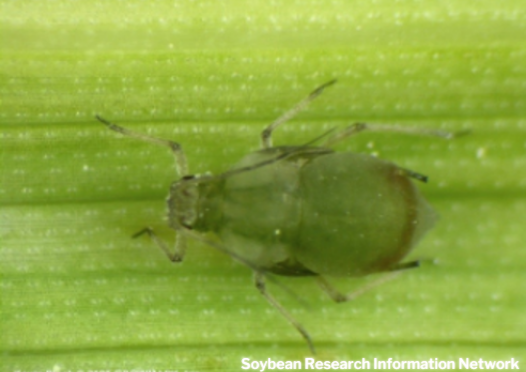ILSOYADVISOR POST
Know what SCN is lurking below your soybeans?
SCN HG types are the new standard: How do they differ from SCN races and what does it mean to you?
No matter how we name, define or categorize them, soybean cyst nematodes (SCN) are a major threat to soybean production. Early on, it was discovered that some populations of SCN were still reproducing at elevated levels on soybean varieties that supposedly had excellent resistance to SCN. In 1970, a race test became the standard for assessing the ability of SCN populations (or races) to reproduce on resistant soybean varieties. Based on test results, seed companies could recommend soybean varieties that may be resistant to the SCN in that field. That approach is no longer preferred today.
SCN race designations were determined by the amount of reproduction an SCN population had on four resistant standard soybean lines as well as one universal susceptible soybean line. The number of females produced on the resistant standards was divided by the number found on the susceptible standard, and then multiplied by 100, which gave the “IP” or index of parasitism. If the IP was less than 10% (-), the SCN designation on that standard was “resistant” and if the IP was greater than 10% (+), the SCN designation on that standard was “susceptible.” The pattern of each of the four resistant standards determines the race of that population. For example, many times growers were told they had Race 3 in their field and then a soybean variety with race 3 SCN resistance could be provided by a seed company.
In 2002, the HG-type test was introduced to better describe the populations of SCN in a field. It used “indicator lines” or seven sources of resistance available in soybean varieties.
- If all the indicator lines were (-), then you had HG type 0. In this case, all the sources of resistance tested were thought to be sufficient for SCN management in your field.
- If the HG test showed (+) on one or more of the indicator lines (1, 2, 3, 4, 5, 6, 7), then the HG type was further determined and named based on the indicator line number(s) with elevated SCN. For example, if the test revealed an HG type 1.2, you had a nematode population in that field that could reproduce on Peking (1) and PI 88788 (2); therefore, in this case, Peking or PI 88788 sources of resistance would not work in the field and SCN would continue to reproduce.
If 95 percent of today’s soybean varieties consist of PI 88788 and about 1 percent consist of Peking, what source of resistance is left for growers to plant? The answer is there still may be soybean varieties that could provide some level of SCN suppression if the IP percentage was known for each indicator source and if seed companies knew how each of their soybean varieties interacted with each designated HG types. For example, in company literature the term moderately resistant, which means the IP percentage for that variety may offer suppression of SCN, but may be less complete than a resistant variety. Also, seed companies may or may not wish to reveal their soybean varieties’ source of resistance (PI 88788, Peking, other) due to proprietary issues.
HG-type tests identify which SCN sources of resistance may not work in a field. The race test allowed a grower to choose a resistant variety based on the identified SCN race. The HG-type test is great from the standpoint of a nematologist, but is often confusing from the viewpoint of the seed industry or their customers.
If a grower is experiencing unsatisfactory performance from an SCN-resistant soybean variety within an SCN-infested field, the HG-type test is the standard. Its purpose is to describe SCN populations taken from soil samples collected from infested fields and give information to develop, implement and monitor the success of an SCN resistance management plan. However, with the older race test, seed companies can easily identify varieties that have resistance to the races of nematode found in grower fields. The race approach is a more understandable and simple approach to this complex problem, but it doesn’t address the HG-type that may actually be thriving in your field.
Stephanie Porter is a sales agronomist with Burrus® Hybrids. She educates growers and Burrus staff on all types of pests, weeds, diseases and other agronomic issues that affect corn, soybean and alfalfa production. She is a 2017 Illinois Soybean Association CCA Soy Envoy.




Comments
Add new comment